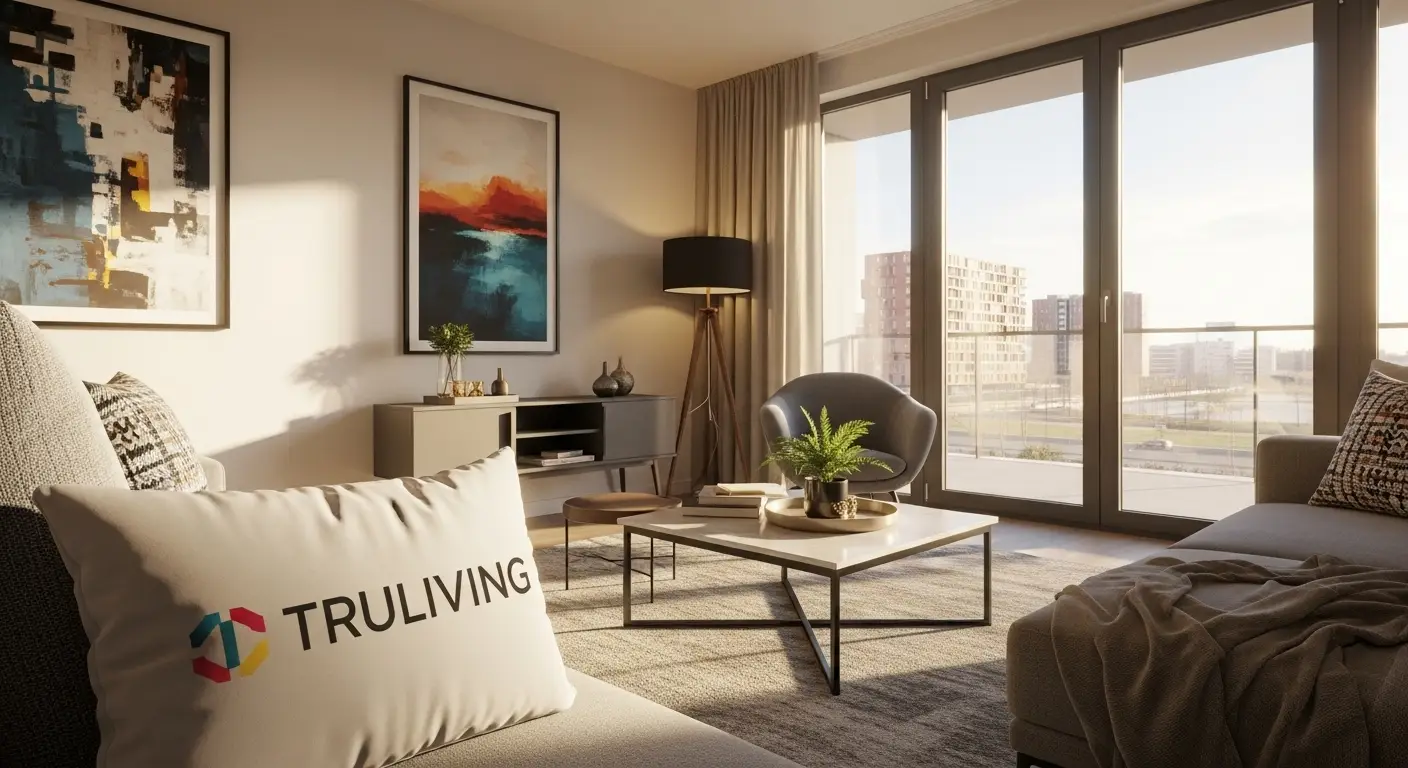Creating a new luxury hotel in the current climate is an exercise in financial audacity. Construction costs have reached record highs, making every project a high-risk gamble. In the major markets, the figures are staggering, with the cost per room varying from one and two million dollars.
This price escalation is not the result of a single factor, but of a perfect storm of economic and market pressures. Inflation has made materials and labour more expensive, global supply chains continue to show post-pandemic fragility, and financing costs have risen. But there is an additional factor driving budgets: the increasing guest expectations. Today's luxury traveller demands more space, state-of-the-art technology, exceptional amenities and, increasingly, an unwavering commitment to sustainability. All of this comes at a price.
And yet luxury hotel projects continue to go ahead. How can this paradox be explained? The answer lies in the extraordinary strength of the ultra-luxury travel segment. The demand for exclusive experiences has not only recovered, it has soared, allowing luxury hotels to reach a record high. unprecedented average daily rates (ADRs). It is this high revenue per room that ultimately justifies the massive initial investment.
But there is another crucial component to the modern luxury equation that ensures its viability: the branded residences. Increasingly, luxury hotel projects are being developed as mixed-use models, where part of the complex is used as private residences that are sold to private individuals. The revenue generated from the sale of these properties, which benefit from the prestige of the hotel brand and its services, is essential for the development of the hotel. financing the construction of the hotel itself.
This hybrid model is a sophisticated form of Flexible Accommodationcombining residential ownership with access to elite hotel services. For the buyer, it is the opportunity to own a "home" with all the amenities of a five-star resort. For the developer, it is a financial strategy that mitigates risk and accelerates return on investment.
Building a luxury hotel today is therefore much more than just a hospitality project. It is the creation of a luxury ecosystem, a "trophy" asset that combines the long-term profitability of high hotel rates with the immediate capital flow of residential sales. It is a testament to the fact that, even in a cost-prohibitive environment, the demand for exceptional experiences and an exclusive lifestyle always finds a way to materialise.






